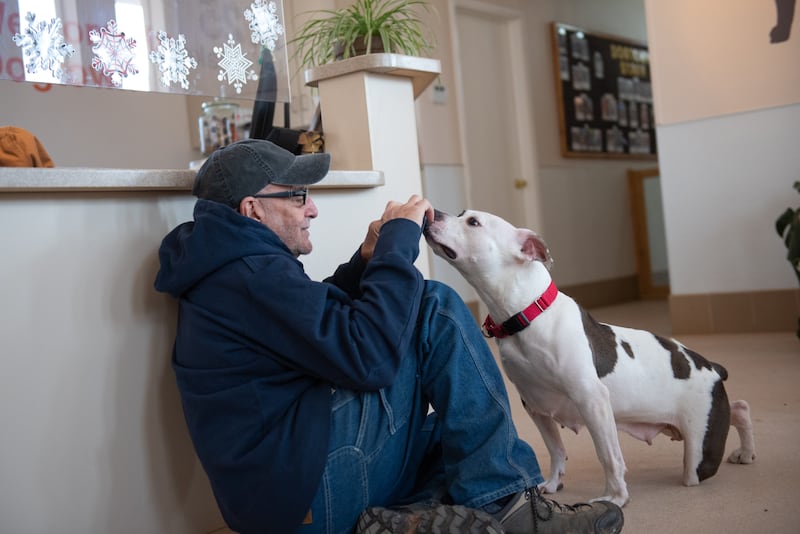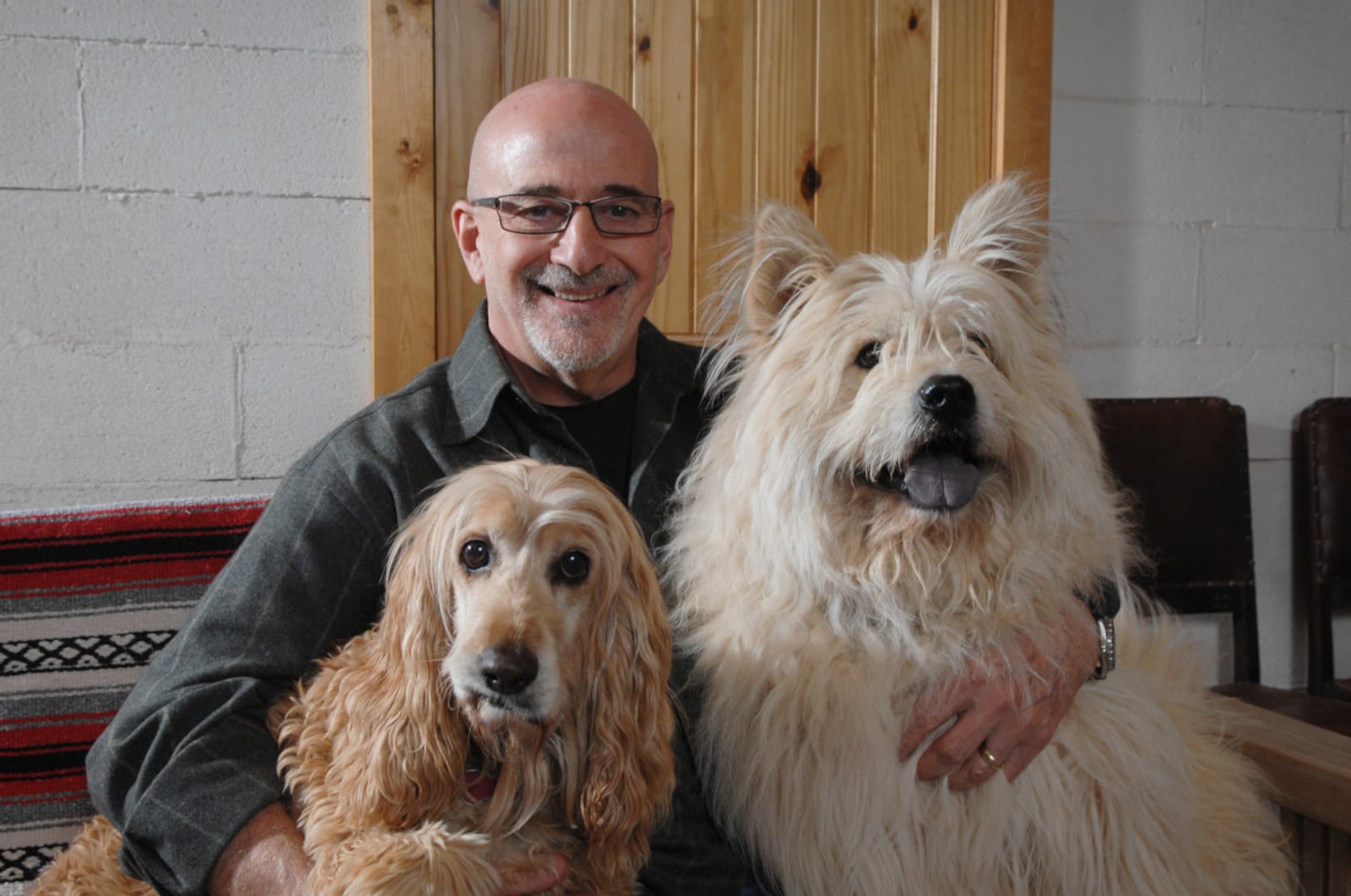Some of my earliest memories are of sitting on the front hall staircase of our little house in Mamaroneck, New York, with our dog. He was a sturdy mutt with a black saddle and ear patches and black spots on his muzzle, shoulders, front legs and underside. It looked a bit like a royal robe, so he got the name Prince. He was always Princey.
Prince and I would sit waiting for my mother to return from shopping. He claimed the window seat so he could stick his nose under the Venetian blinds and watch for my mother walking in wind-up doll mode, a 4-foot-11 woman in low heels with two large paper bags of groceries in her arms. Click, click, click. High speed, short steps. I could never keep up with her.
I would sit next to Prince on the staircase and hug him. I’d tell him my problems as if I actually had problems. Whatever they were, I shared them with him. To me, he was my dog, but to him, I was his boy. In fact, he was my mother’s dog. Outwardly, he wouldn’t seem to be paying the least bit of attention to me; he was all about my mother. But just being with him made me feel good. So, he did help solve my problems.
My father never seemed to tire of playing grainy 8mm home movies featuring my older brother, sister and me with the dog who preceded Princey. In one of them, I was two years old, waving a stick to entice the old girl, Foxy, to play. His other favorite was of me in diapers being chased by a goose at some summer cabin in Brewster, New York, which then cut to me petting a cat and squealing with delight.
That’s all to say: animals have always been a part of my life and were always part of our family. When Prince died, I don’t know which was more difficult for the 10-year-old me to navigate: my own sadness and loss or watching my mother attempt to hide her grief and tears from me. So when I — along with friends who would later go on to help create Best Friends Animal Society — began doing shelter rescue of homeless pets in earnest in the 1970s, I didn’t need an academic explanation about the intrinsic value of the lives of these beautiful creatures that were being discarded and killed without much consideration.
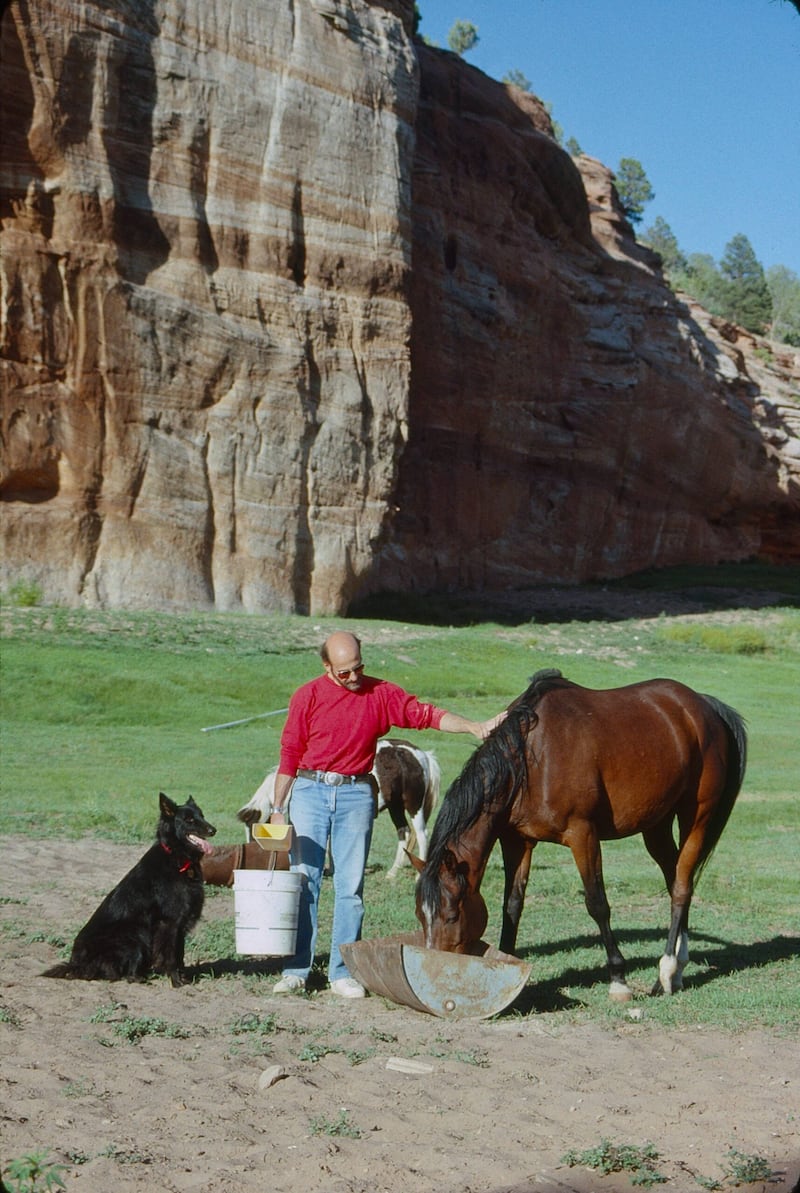
The no-kill revolution
At the time, an estimated 20 million dogs and cats were being killed in shelters around the country every year. In some cities, the animals weren’t even being counted. The number of shelter pets killed was estimated based on the tonnage of bodies sold to rendering plants to be recycled as cheap pet food, animal feed and fertilizer. It was an era when the pound was out of sight and out of mind, located in a steel or concrete building on a parcel of city land out by the dump and the equipment yard.
Today, it’s difficult to imagine the scale of misery and cruelty we tolerated — when what passed for “animal welfare” was killing, said to be a kindness and a necessary evil in the face of pet overpopulation. The only question that was being asked was how to kill more painlessly. No one was asking, “Why are you putting all this money and time into killing? Shouldn’t we be figuring out how to save these animals rather than kill them?”
That was the very simple, disquieting question that I, the other co-founders of Best Friends, and a few kindred spirits around the country started to ask. Accepting responsibility for someone’s beloved pet and then turning around and killing that dog or cat went against everything we believed in.
It was the beginning of the no-kill movement.
A home for the homeless
Like most animal rescuers, we dreamt of an idyllic place in the country where we could take all the animals that had no homes. It doesn’t bear examination, but trust me, it was a thing!
Given my nominal background in a small family real estate business back home, I was the default property search lead. After years of dreaming and visualizing, our criteria for the perfect “place in the country” were quite specific, if not rare and unattainable, given that we had very little money compared to our ambitions.
Wanted: a red rock canyon, water, blue skies, no neighbors to complain about the animals and enough room so that we, even though we were friends, didn’t have to bump into each other if we didn’t want to. In lieu of this, a tropical island would do if there weren’t prohibitive quarantine laws for our animals.
I looked at properties in Arizona, New Mexico, Colorado and an island off the coast of Honduras. I finally zeroed in on the underappreciated beauty of southern Utah. Money wasn’t really an object because we didn’t have enough for any of the places we were interested in. If it was meant to be, we’d figure it out.
I went to the local Bureau of Land Management office and picked up a collection of topo and land use maps. I knew everything on the map was red rock; the rest was easy. Privately owned land was highlighted in white, canyons were easy to spot by the tightly-spaced elevation contour lines, and water was pictured in the universal color blue.
My plan was simple and unsophisticated. I would knock on doors and ask if the place was for sale.
The biggest white blob on the map was the first and last place I visited. Not only was it for sale, but we could also squeeze our way into a deal. It was a 3,300-acre ranch in Kanab Canyon, a former pioneer family ranch frequently used as the setting for Western movies. No power, no water, no phones.
It was perfect.
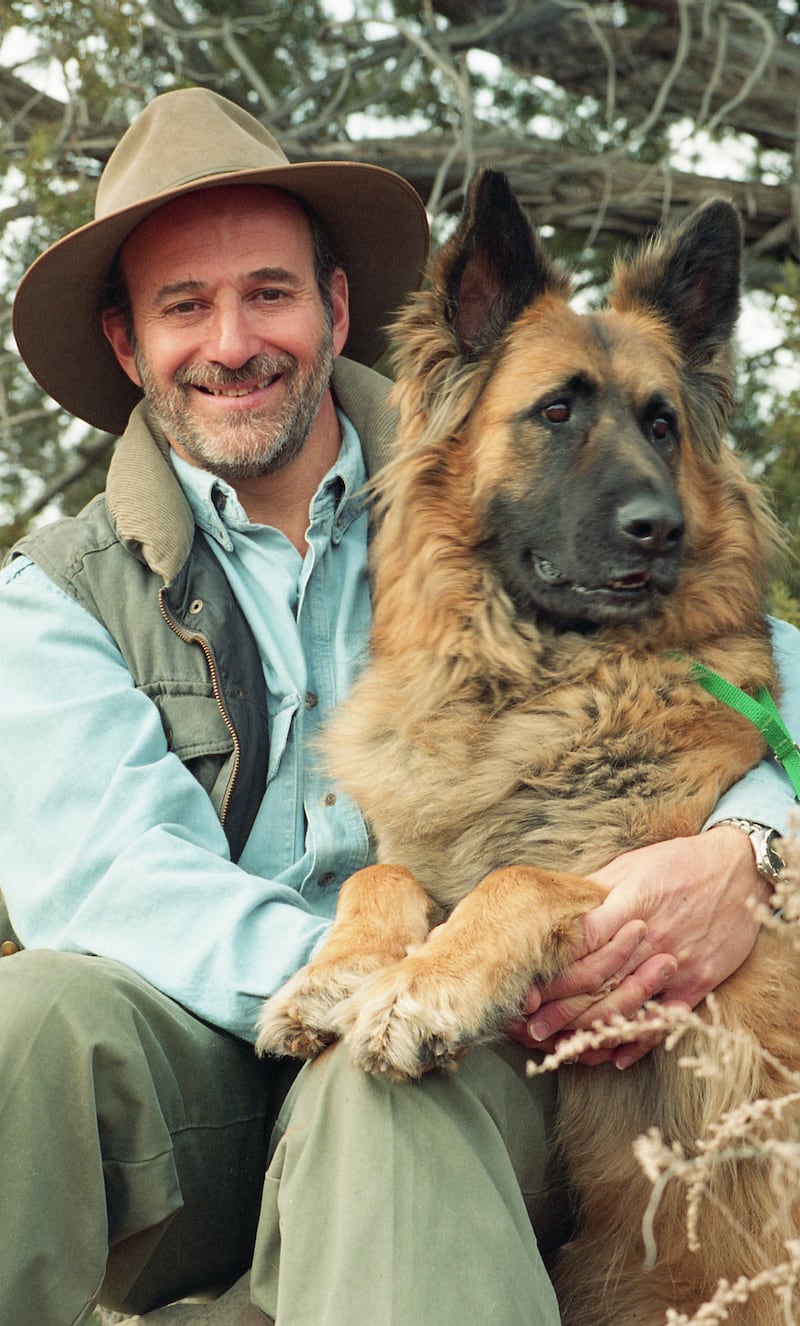
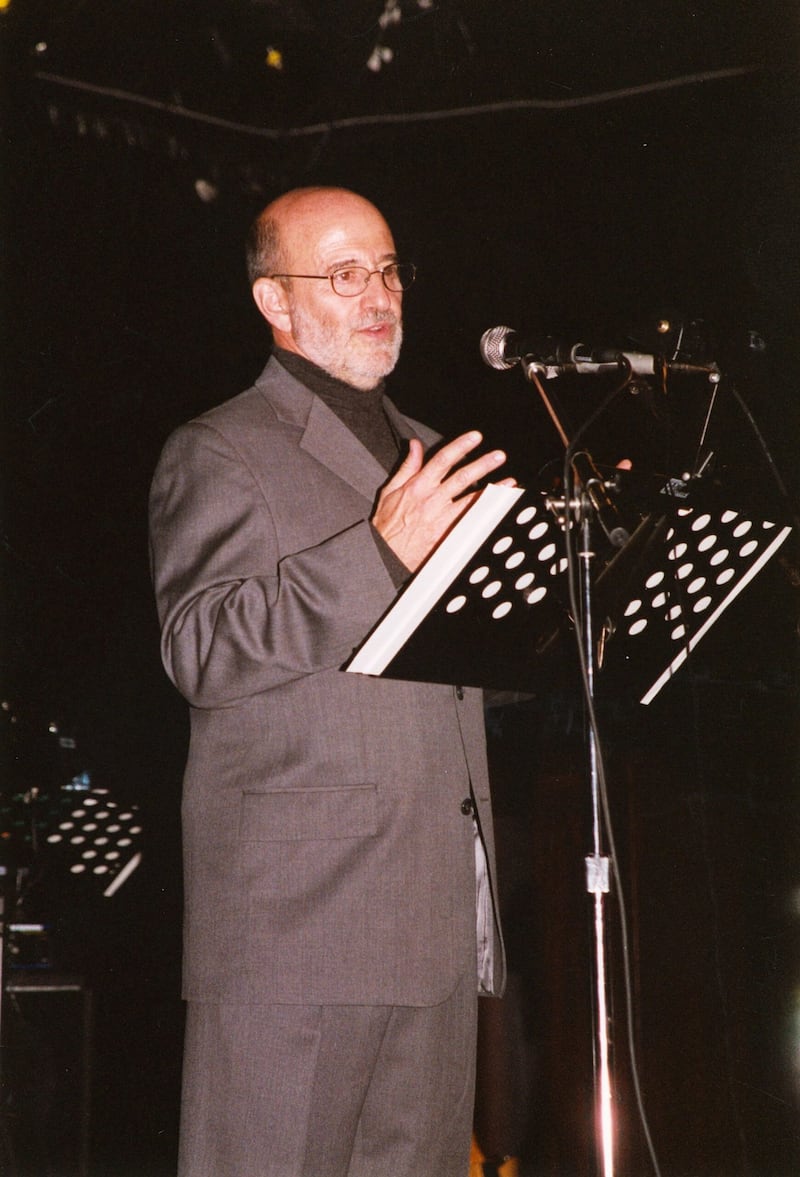
From ground zero to sanctuary ground
Developing raw land in 1984 with a bunch of genuine dudes who had only “How-to” book skills was an adventure, to say the least. Our only contracting was for laying slabs and blasting bedrock.
I laid miles of landline telephone cable and installed those 10-foot C-Band satellite TV dishes wherever we built housing. There were so many that local rumor had us pegged as a military installation.
My co-founders applied their various skills in architecture, construction, plumbing and electrical engineering. Best Friends Animal Sanctuary was up and running in about six months, and we just kept going.
A lost dog and an encounter with the existing local “pound” compelled us to do more. I approached the mayor while he was tending his front yard flower beds and told him that we’d like to take on animal control duties. He turned away from the flowers long enough to say, “OK. Get with the chief of police on Monday.”
My colleague Faith Maloney became the de facto animal control officer for Kanab, Kane County and Garfield County in Utah; Fredonia, Arizona; and the Paiute Tribal Police at Pipe Spring National Monument. The 200 dogs and cats that had arrived within a year quickly grew to 500, then 1,000, then 1,500 and counting.
We had found our “place in the country” where we could bring all the homeless dogs and cats we wanted to and became like the dog that finally caught the car. What do we do now?
Garnering support
Any reserves we might have had for building were eaten away by our horde of homeless pets, and we had to shift into high gear to care for the animals and ourselves. Working with a local vet, I became proficient at stabilizing sick or injured animals in an emergency and filling the gaps between his visits.
We had to create a full-blown animal organization from scratch. This was where we really zigged when others would have zagged.
To raise immediate cash for the animals and keep the lights on, we resorted to the most basic form of fundraising: card tables with photo boards of the sanctuary at markets, first locally and then expanding to major cities across the West: Salt Lake City, Phoenix, Los Angeles, San Francisco and Seattle. We met animal lovers and raised just enough to keep moving forward. We also built a mailing list and support base, many of whom are still active 35 years later.
Along with my wife Silva, I focused on building a satellite program in Los Angeles where we inevitably encountered actors, agents, directors, producers and film and TV professionals of every stripe. By 1993, Best Friends was hosting major celebrity fundraisers at places like Chateau Marmont and the Hollywood Palladium. Supporters such as Charlize Theron, Bill Maher, Laura Dern and others drew national media attention. Our message of no-kill animal sheltering was in full swing.
Good news and great rescues
The conventional wisdom at the time was that if an animal organization wanted to generate support, it had to show graphic details of suffering. We were very well acquainted with animal suffering, and there was no way we wanted to exploit that suffering or inflict those kinds of images and stories on our pet-loving family of supporters. As a result, we created an entirely new lane of charitable messaging and marketing — good news!
In 1992, we launched Best Friends Magazine, which was billed as “All the good news about animals, wildlife, and the Earth.” It was an instant success that helped us build a national following.
In 2005, I was part of the Best Friends team that responded to Hurricane Katrina by first leading our home base of operations and then leading our rescue operation based in Tylertown, Mississippi. From the end of September 2005 to February 2006, we rescued over 6,000 storm-tossed pets, reuniting many with their relocated families. Best Friends brought the no-kill philosophy into the disaster response arena for the first time, forever changing policies and practices regarding animal companions.
In 2008, I helped negotiate the arrival of 22 dogs seized from Michael Vick’s dog fighting ring at our sanctuary. In doing so, Best Friends demonstrated that all dogs are individuals and can’t be judged simply by their breed or the circumstances from which they came.
My greatest accomplishment as one of the founders of Best Friends was to commit to a succession plan that would ensure the organization would outlive us. Beginning in 2005, we identified a pathway to hand off our life’s work with confidence. In 2018, that handoff was fully executed with the elevation of Julie Stuart Castle to the position of CEO after 22 years of working her way up through every aspect of Best Friends.
Julie has deep Utah roots going back to the arrival of her Latter-day Saint pioneer ancestor in 1847 and lives in Kanab. Today, Julie and her team do all the heavy lifting to continue making this a no-kill country while I serve as chairman of our board of directors. It’s been a wild ride, an adventure and a privilege. It couldn’t have happened anywhere but here in beautiful Utah.
